

Top Page>The Basics>Fuel Additives - The Basics
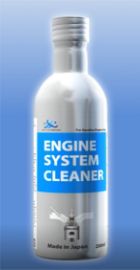
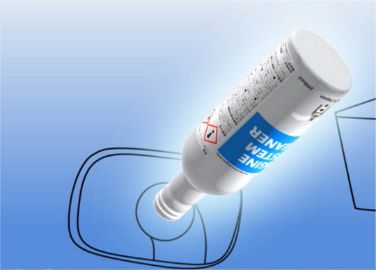
"Fuel additives go by a lot of different names—engine cleaner, injector cleaner, deposit cleaner, fuel system cleaner, engine system cleaner, etc. They are injected into a gasoline or diesel fuel tank, and while the car is running they remove injector deposits and restore the original performance of the engine. Fuel additives for gasoline are a particularly easy way to do engine maintenance, since they also clean the intake valve and the combustion chamber."
Deposits can easily build up in older cars, cars that repeatedly stop and go, and cars used for short-distance driving, so we recommend periodic use of fuel additives.
Looking overseas, there are some countries where fuel quality is poor, so deposits can easily adhere to the engine interior.
When you use an engine cleaner, you can expect the following effects.
*Effects will vary depending on usage, engine condition, etc.
*Two consecutive uses are recommended for vehicles that are heavily driven.
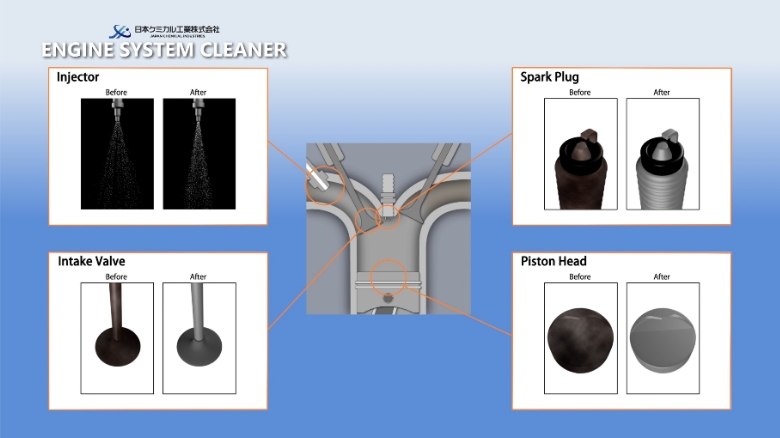
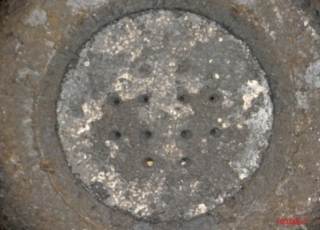

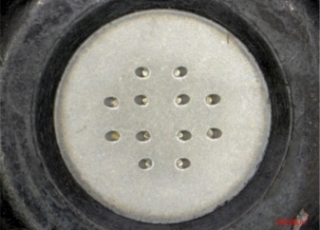
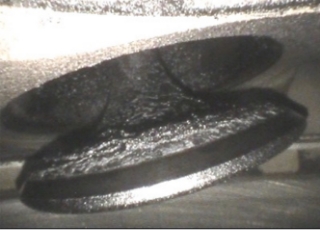

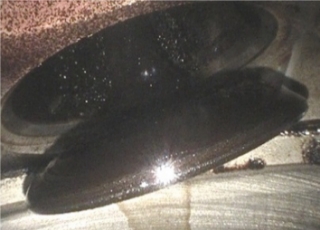
*Photos are only one example of effects. Effects will vary depending on usage, engine condition, etc.